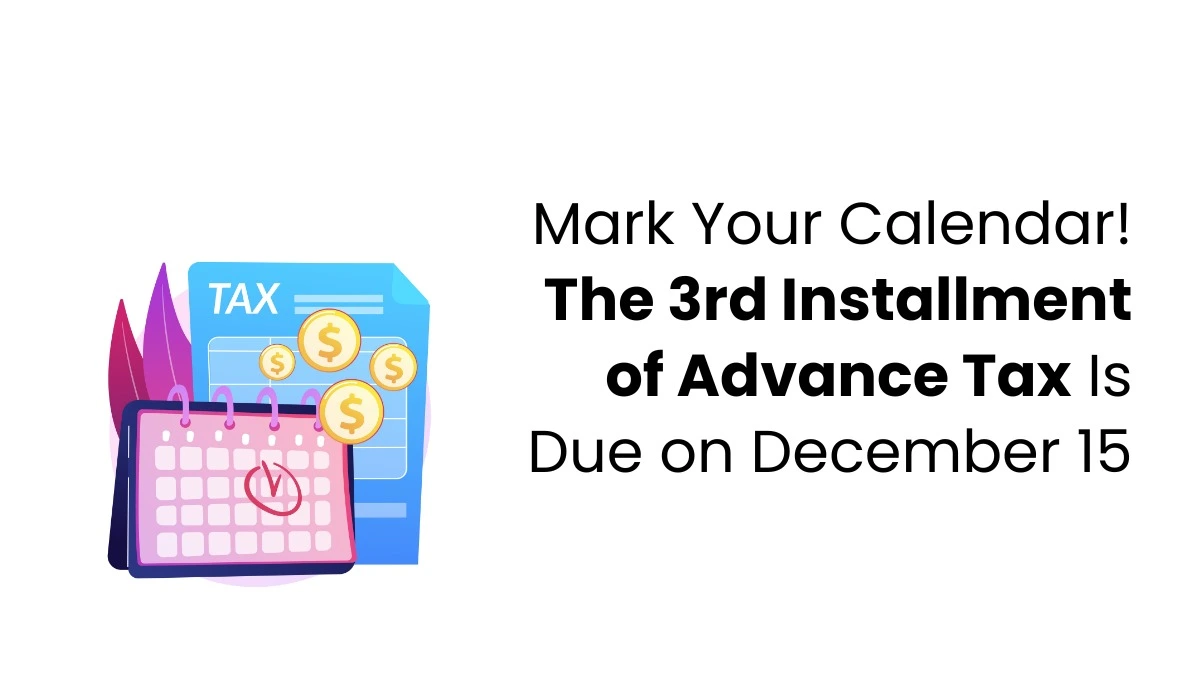Every company wants to grow and expand, but that can be difficult if it doesn’t have enough money or assets. That’s where capital budgeting comes in. Capital budgeting helps the company plan how to spend money on big things like equipment or buildings. It allows management to determine which long-term plans will help the company grow. For example, they might decide whether to buy or sell assets to reach their expansion goals.
Definition for Capital Budgeting
Capital budgeting is just figuring out how to spend your company’s money. It’s about checking out long-term investment options and deciding which ones will make the most profit.
The goal is to pick investments that help the business grow and do well. To learn more about capital budgeting, consider taking online courses in accounting that will help you gain more knowledge of the accounting sector.
Why Capital Budgeting Matters
Capital budgeting helps businesses decide where to invest their money wisely. It lowers the risk of wasting money on wrong projects and helps them make more profit. It’s important for long-term growth and success.
- 1. Helps with big money decisions
- 2. Cuts the risk of bad investments
- 3. Focuses on making more profit
- 4. It enables you to prioritize and manage money better
- 5. It makes it easier to check out new opportunities
- 6. Supports growth in the long run
- 7. It allows you to plan and budget for future investments
How Capital Budgeting Works
When deciding on a project, a company needs to figure out if it will make money. The most common ways to do this are:
- 1. Payback Period (PB)
- 2. Internal Rate of Return (IRR)
- 3. Net Present Value (NPV)
You’d think all three methods would give the same answer, but that’s not always the case. Sometimes they disagree. The method you pick depends on what the business needs and what management prefers. Each method has its good and bad sides.
When a company invests in capital assets, it’s really about how those investments will affect cash flow in the future. Capital budgeting helps with this. Ideally, you want to put money into things that use less cash now but can bring in more cash later.
Timing matters, too. It’s always better to get cash in sooner rather than later. Plus, larger companies often need to focus on significant investments that can generate a lot of money to see a real impact.
Methods in Capital Budgeting
Let’s read about capital budgeting methods;
Payback Period
The payback period tells you how long it takes to earn back the money you invested in a project. Companies usually choose the project that gives them their money back the quickest.
Formula
Payback Period = Money You Invested ÷ Money You Make Each Year
The Payback Period is time-saving and simple, but it has its drawbacks. It does not consider the fact that the earlier you receive money that is much more valuable in terms of its present value. Therefore, if two projects have the same payback time but one generates more revenues in the initial stages, then it is not very suitable with the Payback Period to select between them.
Also, sometimes a project that gave a longer time frame regarding the payback could generate more overall. For instance, if a firm pays much attention to its payback period, disregarding total revenues, it can make a wrong investment decision.
Internal Rate of Return (IRR)
IRR is the rate where the NPV equals zero, meaning the money coming in is the same as the money going out. It considers how money’s value changes over time, but it can be tricky to figure out.
The basic rule is that if the IRR is higher than the average cost of capital, the company should take on the project. If there are several projects, they pick the one with the highest IRR. The discount rate makes NPV equal to zero, meaning cash inflows match cash outflows. Accept projects if the IRR is greater than the minimum acceptable return; if not, say no.
Net Present Value (NPV)
It is useful when a company needs to know if it should take up any particular venture. Total Investment, or TI, refers to the cost of undertaking any specific project. At the same time, NPV guides whether or not a firm should undertake any investment. As cash flow can fluctuate differently than projected, they utilize the cost of capital to rebalance these figures. Whether a project gets approved or not depends on its simple criteria: the money getting in is more than the money going out.
As with the previous method, it also works with the principles of purchasing valuable goods, so it aims to bring the owners the maximum profit. It considers this on a cash flow basis during the product’s life cycle and the hazards of the activity. Then, they identify the cost of capital using estimates.
Formula
Net Present Value (NPV) = Rt / (1+i)t
t = time of cash flow
i = discount rate
Rt = net cash flow
Profitability Index
The Profitability Index compares how much you will be profiting later on the investment amount you used. If we find its value less than 1.0, you get the word that you will get back less than what you put in. If it is greater than 1.0, you will earn more; therefore, you should consider taking up the project.
Formula
Profitability Index = Present value of Cash Inflows/Initial Investment
Capital budgeting is really important for any organization when making financial decisions. It means checking out potential investments and deciding which projects to pick based on how much money they could make.
Good capital budgeting helps organizations use their limited resources wisely and increase their profits over time. Learning about capital budgeting is essential, and for those interested in gaining these skills, accounting courses after the 12th can provide the proper foundation to understand financial decision-making and investment strategies effectively.










